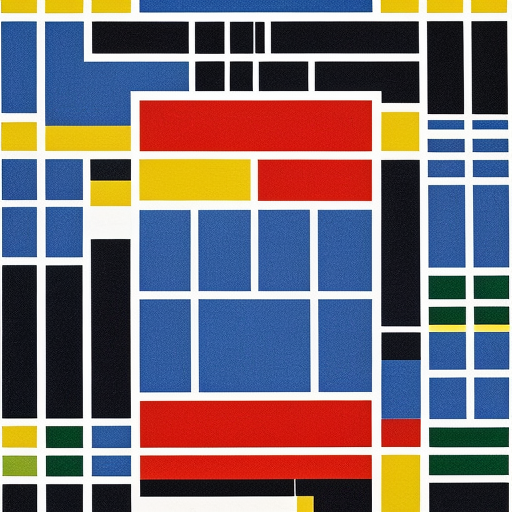Bauhaus Design: A Revolution in Modern Art and Architecture
Bauhaus design is a revolutionary movement that emerged in Germany in the early 20th century, combining art, craft, and technology to create a new aesthetic for the modern age. Founded by architect Walter Gropius in 1919, the Bauhaus school aimed to break down the barriers between art and industry, and to create a new form of design that was both functional and beautiful.
The Origins of Bauhaus
The Bauhaus movement was born out of the aftermath of World War I, when many artists and designers were seeking a new direction for their work. Gropius, inspired by the ideas of the Arts and Crafts movement and the Deutscher Werkbund, envisioned a school that would bring together artists, craftsmen, and architects to create a new form of design that would be accessible to all.
The Principles of Bauhaus Design
At the core of Bauhaus design was the principle of “form follows function.” This meant that the design of an object should be determined by its intended use, rather than by decorative or ornamental considerations. Bauhaus designers believed that by stripping away unnecessary ornamentation, they could create objects that were both aesthetically pleasing and practical.
Another key principle of Bauhaus design was the idea of “total design.” This meant that all aspects of a design, from the architecture of a building to the furniture and objects within it, should be considered as part of a unified whole. Bauhaus designers sought to create a harmonious environment in which every element worked together to create a cohesive and functional space.
The Impact of Bauhaus Design
Bauhaus design had a profound impact on the world of art and architecture, and its influence can still be seen today. One of the key legacies of the Bauhaus movement was its emphasis on the integration of art and technology. Bauhaus designers embraced new materials and manufacturing techniques, and sought to create designs that were suited to the modern age.
The Bauhaus school also had a significant impact on the field of industrial design. Many of its graduates went on to become influential designers, working for companies such as Braun and Vitra. The clean lines and minimalist aesthetic of Bauhaus design became synonymous with modernism, and its influence can be seen in everything from furniture to graphic design.
Key Figures of Bauhaus Design
Several key figures played a crucial role in the development of Bauhaus design. Walter Gropius, the founder of the Bauhaus school, was instrumental in shaping its philosophy and curriculum. Other important figures include artists such as Wassily Kandinsky, Paul Klee, and Lyonel Feininger, who taught at the school and helped to develop its unique approach to art and design.
Conclusion
In conclusion, Bauhaus design was a revolutionary movement that sought to bring together art, craft, and technology to create a new form of design that was both functional and beautiful. Its emphasis on the integration of art and industry, and its commitment to the principles of “form follows function” and “total design,” had a profound impact on the world of art and architecture. Today, the legacy of Bauhaus design can still be seen in the clean lines and minimalist aesthetic that characterize modern design.












